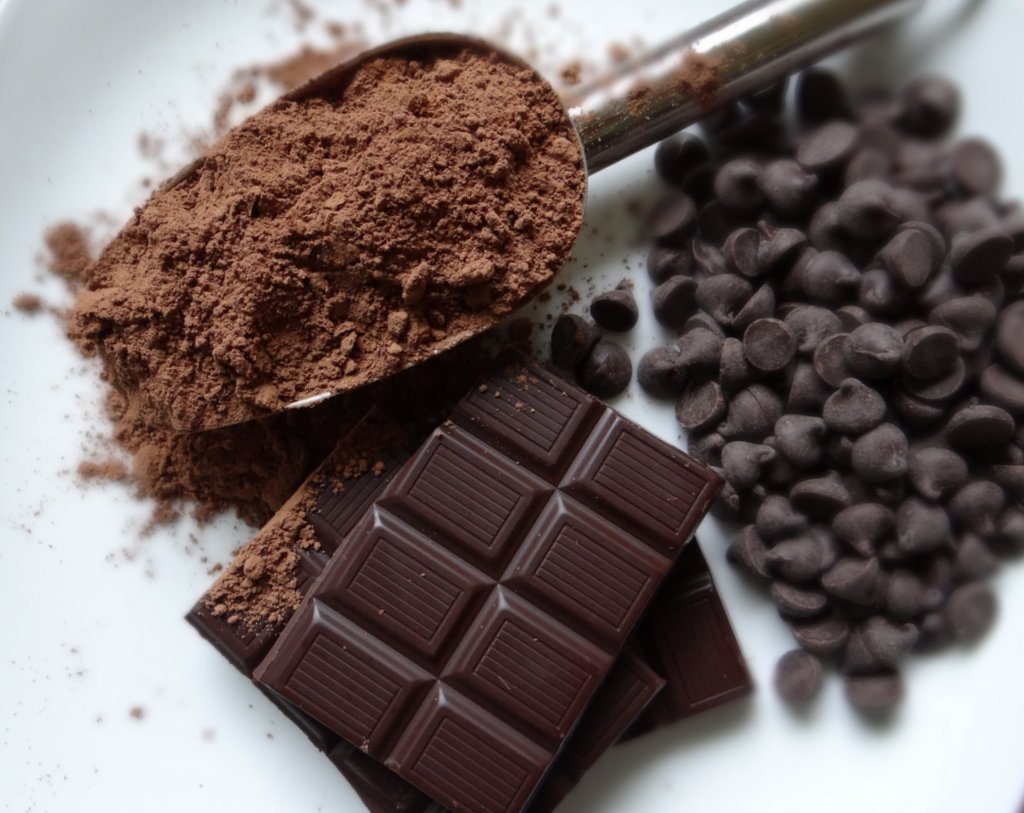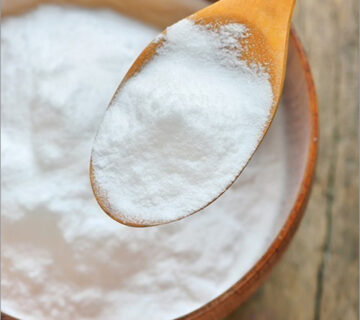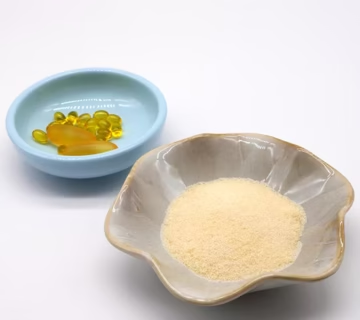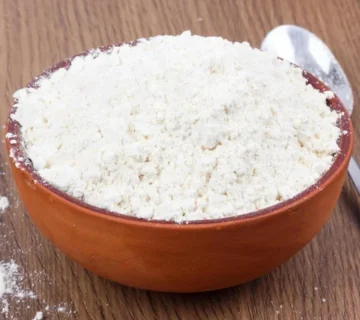In the world of confectionery, cocoa powder is far more than just an ingredient—it is the foundation of flavor, color, and texture in chocolate bars, truffles, fillings, and coatings. For industrial confectionery production, selecting the right cocoa powder is a strategic decision that directly impacts product consistency, production efficiency, and consumer satisfaction. Choosing the wrong grade, fat content, or supplier can lead to processing difficulties, inconsistent texture, and ultimately, loss of brand reputation.
In our experience supplying manufacturing facilities across different regions, we’ve observed that successful confectionery operations depend heavily on a reliable cocoa powder supply chain. Selecting a trusted supplier is not merely about securing raw materials; it’s about ensuring smooth production, maintaining product quality, and complying with international standards. This comprehensive guide will walk factory owners, production managers, and procurement officers through everything they need to know about sourcing cocoa powder for confectionery products, including industrial-grade specifications, supplier considerations, common pitfalls, step-by-step procurement strategies, and insights into premium brands such as Latamarko.
Understanding Cocoa Powder for Confectionery Production
Cocoa powder is the dry, powdered form of roasted cocoa beans after most of the cocoa butter has been extracted. Its role in confectionery is multifaceted:
- Flavor Base: Provides depth, richness, and characteristic chocolate notes.
- Colorant: Influences the visual appeal of coatings, ganache, and fillings.
- Functional Component: Affects viscosity, emulsification, and texture in chocolate and sugar-based confections.
Key Types of Cocoa Powder
- Natural Cocoa Powder: Light brown, acidic, with robust chocolate flavor. Often used in products requiring chemical leavening or where a tangier profile is desired.
- Dutch-Processed Cocoa Powder: Alkalized to reduce acidity, darker in color, smoother flavor. Ideal for premium confectionery where consistency and color stability are critical.
- Fat Content Variations: Ranges between 10%–24%. Higher fat powders improve mouthfeel, texture, and emulsification; lower fat powders are suitable for dry mixes and certain fillings.
Selecting the appropriate type depends on product formulation, processing requirements, and desired sensory qualities.
Why High-Quality Cocoa Powder Matters for Confectionery
Industrial confectionery production relies on ingredient precision. High-quality cocoa powder ensures:
1. Consistent Texture and Viscosity
Batch-to-batch consistency in particle size, alkalization, and fat content is crucial. Inconsistent cocoa can result in grainy textures, uneven coatings, or difficulties in molding and enrobing.
2. Flavor Reliability
Confectionery consumers have high expectations. Cocoa powders with stable, rich flavors allow your products to consistently meet taste benchmarks, particularly for premium chocolate lines.
3. Efficient Production Processes
Reliable cocoa integrates smoothly into conching, tempering, and blending stages, reducing downtime and minimizing wear on production equipment.
4. Regulatory and Certification Compliance
Premium suppliers provide documentation for HACCP, ISO, Fair Trade, and organic certifications, ensuring compliance for domestic sales and export markets.
5. Supplier Expertise
Experienced suppliers, such as MT Royal, offer technical guidance on storage, blending, and formulation adjustments, helping factories maintain high-quality outputs and operational efficiency.
Industrial Considerations for Cocoa Powder Procurement
When sourcing cocoa powder for confectionery, consider these critical factors:
| Factor | Importance | Industrial Insight |
|---|---|---|
| Certification | Guarantees quality & compliance | Verify ISO, HACCP, and Fair Trade documentation |
| Batch Consistency | Ensures texture and flavor uniformity | Conduct pilot testing before bulk orders |
| Supply Reliability | Prevents production interruptions | Assess warehouse capacity, lead times, and references |
| Quality Tier | Affects premium product output | Compare standard bulk powders with Latamarko premium options |
| Price & Terms | Cost-efficiency | Negotiate volume discounts and long-term agreements |
At MT Royal, we supply manufacturers with a broad range of brands, ensuring competitive pricing without compromising quality. Our clients benefit from suppliers who understand the operational challenges of large-scale confectionery production.
Common Pitfalls in Cocoa Powder Procurement
Even seasoned production managers can encounter challenges:
- Neglecting fat content variations: Impacts mouthfeel and emulsification.
- Ignoring particle size differences: Can lead to gritty textures or uneven coatings.
- Focusing solely on cost: Cheaper powders may compromise flavor, traceability, or consistency.
- Assuming interchangeability: Industrial confectionery requires specific alkalization levels and fat percentages for proper processing.
Pro Tip: Always request Certificates of Analysis (CoA) and conduct small-scale trial batches to verify compatibility with your formulations.
Step-by-Step Guide to Sourcing Cocoa Powder for Confectionery
Step 1: Define Product Specifications
Determine the intended applications—chocolate bars, truffles, fillings, coatings—and establish required fat content, alkalization, particle size, and flavor profile.
Step 2: Shortlist Trusted Suppliers
Evaluate certifications, experience, supply reliability, and client references. Premium European brands like Latamarko often provide superior consistency and flavor stability.
Step 3: Pilot Testing
Before committing to bulk orders, conduct small-scale trials to ensure processing behavior and sensory outcomes meet expectations.
Step 4: Negotiate Contracts
Confirm lead times, shipment schedules, pricing, and contingency measures to mitigate supply disruptions.
Step 5: Implement Storage Protocols
Store cocoa powder in cool, dry, and odor-free conditions. Use sealed food-grade containers to maintain quality.
Step 6: Monitor Quality
Regularly inspect batches, verify CoAs, and maintain communication with suppliers to address any variations proactively.
Advantages of Premium Cocoa Suppliers
Partnering with top-tier suppliers offers:
- Traceable Supply Chains: Essential for audits and compliance.
- Technical Support: Advice on storage, blending, and confectionery formulations.
- Cost Efficiency: Optimized bulk pricing and reduced waste.
- Reduced Downtime: Reliable delivery schedules prevent production halts.
Brands like Latamarko provide consistency and flavor stability critical for high-end confectionery products, giving manufacturers a competitive edge in premium markets.
Industrial Anecdote: Cocoa Powder in Action
A mid-sized confectionery facility in Europe faced inconsistent chocolate coating quality due to varying cocoa powder batches. By switching to a certified supplier offering Latamarko premium cocoa, they achieved:
- Uniform viscosity and smooth coating
- Consistent flavor across all batches
- Reduced production interruptions and waste
This demonstrates how strategic sourcing of cocoa powder can directly enhance operational efficiency, product quality, and profitability.
Comparison Table: Standard vs. Premium Cocoa Powder
| Feature | Standard Bulk | Premium (Latamarko/European) | Industrial Impact |
|---|---|---|---|
| Batch Consistency | Moderate | High | Smooth texture and uniform flavor |
| Flavor Profile | Basic | Rich, nuanced | Enhances premium confectionery products |
| Certifications | Basic | ISO, HACCP, Fair Trade | Facilitates export and compliance |
| Price per Ton | Lower | Higher | Justified for premium chocolate/confections |
| Supply Reliability | Average | High | Reduces production downtime |
| Technical Support | Limited | Available | Optimizes processing and formulation |
FAQs from Confectionery Production Managers
Q1: How should cocoa powder be stored?
Maintain 18–22°C, <50% humidity, in sealed odor-free containers.
Q2: How to ensure batch-to-batch consistency?
Request CoAs, perform pilot tests, and establish long-term supplier partnerships.
Q3: Can cocoa powders from multiple suppliers be blended?
Only after testing. Differences in alkalization, fat content, and particle size can affect processing and final product.
Q4: Which certifications are essential for industrial buyers?
ISO, HACCP, Fair Trade, and organic certifications, depending on domestic and export requirements.
Large-Scale Production Considerations
- Inventory Management: Align bulk orders with production schedules.
- Quality Assurance: Conduct random batch inspections and CoA verification.
- Supplier Diversification: Maintain multiple certified suppliers to reduce risk.
- Sustainability Practices: Integrate supplier ESG standards for corporate responsibility and brand positioning.
Closing Perspective
Sourcing the right cocoa powder for confectionery products is a strategic choice that shapes flavor, texture, and production efficiency. Industrial buyers who partner with trusted suppliers like MT Royal and explore premium brands such as Latamarko gain reliable supply, technical expertise, and consistent quality—critical factors for success in competitive confectionery markets.
In confectionery manufacturing, cocoa powder is more than a commodity—it is an essential building block. Strategic sourcing, careful testing, and reliable supply chains ensure that your chocolate, truffles, coatings, and fillings consistently delight consumers while optimizing operational efficiency.
latamarko alkalized cocoa powder lm60
cocoa powder for chocolate production-Best price
Food industry raw materials – list of products
Types of Gelatin from Turkish Manufacturer
Alkalized Cocoa Powder Bulk Supplier







No comment